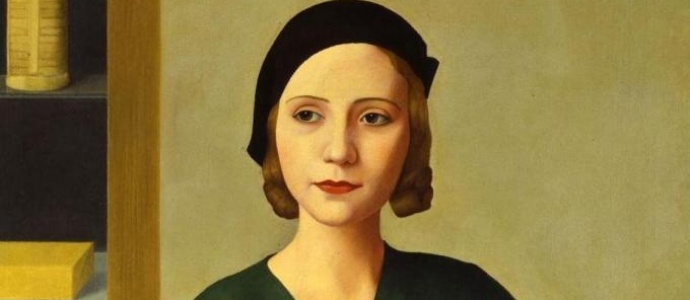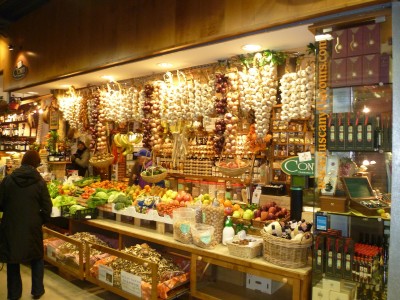The Thirties: exhibition at Palazzo Strozzi
The exhibition in Palazzo Strozzi this winter calls attention back on a controversial and complex historical period, after a long silence. There is a great variety of styles and trends witnessed, from post impressionism to abstract art, which makes the show look at times as if it lacks focus. It starts with two rooms summarizing the deep division and distinction of several cities – Rome, Milan, but also Trieste and Turin, that were still struggling to find a national identity. The younger generation was trying to overcome these burdens also with “irrealistic” art, abstract painting and with artist migrations. Especially for De Chirico, Savinio and Campigli Paris seemed to offer more opportunities, greater freedom and the colony established there was a school of its own.
The section dedicated to public art is the core of the exhibit: the important public commissions of the fascist regime favored a debate on the revival of fresco and mosaic techniques, a closer cooperation between architects and artists that became very significant for Mario Sironi and Carlo Carrà. The stronger intervention of politics in art became evident in 1937, in parallel with the German situation: the section named Contrasts is dominated by the Valkyrie looking Four seasons by Adolf Ziegler that decorated Hitler’s living room, next to Expressionist works then considered ‘degenerate’.
The small section on design and crafts is inspiring: ceramics are wonderful, lamps are exaggerated and there is chance to try a 3D printer, ideal for the tech lovers, just before plunging into the Florence section revolving around Nobel poet Eugenio Montale and his circle of friends who met at the Caffè Giubbe Rosse, a few steps from Palazzo Strozzi. Their refined international approach is counterbalanced by the Catholic-inspired group around Piero Bargellini (who later became mayor of Florence) that tried around 1936 a new interpretation of the myth of David: not destined to be a hero, not towering, but almost a crippled figure as embodied in the powerful bronze of Giacomo Manzù, almost a prophecy on the damages of war. (S.B)
Until Jan 27th, 2013.







